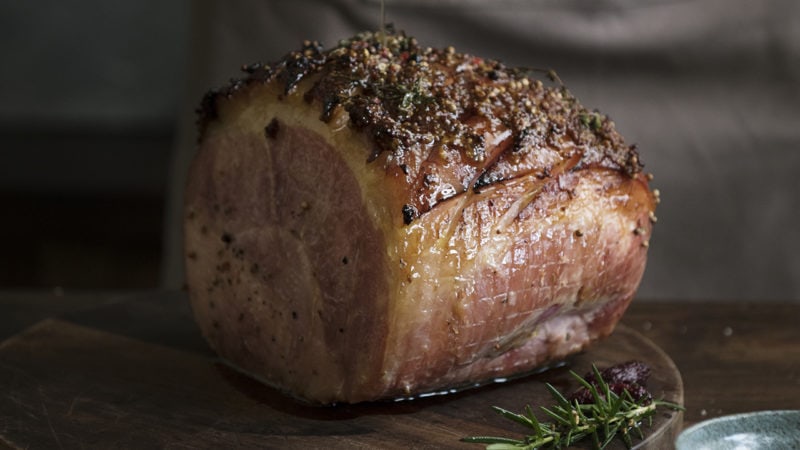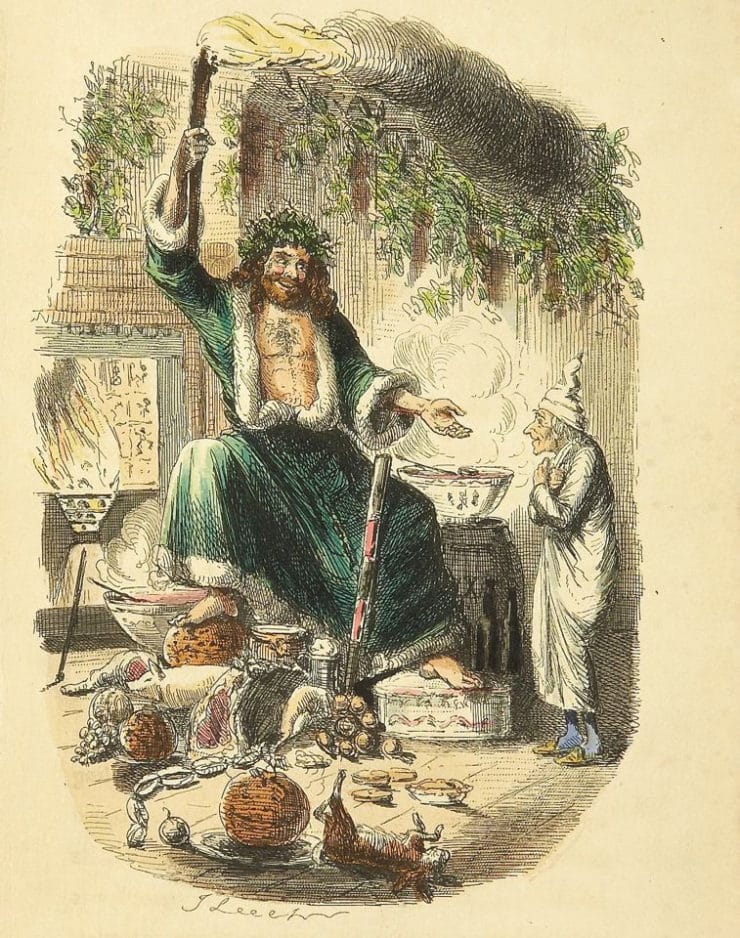Last Updated on March 1, 2024
What will be the centerpiece of your Christmas dinner this year?
While a roast beef, a turkey, or, if you follow Italian Christmas tradition, seven fishes will be featured at many Christmas and Christmas Eve gathering, we like our main dish out of the medieval tradition. And so this year, we will be eating a Christmas ham, also known as a Yule Ham.
Yule Ham?
You’ve heard the word “Yule” used around Christmas, most often associated with a “Yule log,” of some sort or another. The term “Yule” has a long and somewhat complex history; however, it can broadly be defined as a reference to ancient Norse rituals that have been incorporated into Scandanavian and Germanic Christmas traditions. Originally part of Winter Solstice activities, many Yuletide customs can be connected to the Norse god Odin as well as the Germanic myths surrounding Freyr.
Freyr is the link that combines medieval holiday traditions with the present: The Germanic god is associated with the wild boar. Eating a “sacrificial” wild boar for Yuletide and then, later, Christmas can be traced to both pagan and early Christian times. It continued to medieval times, as the “Boar’s Head Carol” dates back to the 1500s.
Today, the wild boar has been replaced by the pig, and now the pig roast, or more commonly, the Christmas ham is central to many family’s Christmas feast. Although, Dickens classic stories of the holidays in Victorian England feature goose and turkey, ham was also a prominent main dish in British holiday traditions.
Check out this Crockpot ham recipe from our friends at PaleoHacks for an easy, tasty way to prepare this year’s Christmas Ham.
Dennis Keohane is a writer, editor, and former Editorial Director for ButcherBox with a passion for storytelling and food. Combining his love for high-quality ingredients with engaging narratives, he crafts content that inspires home cooks to explore new flavors, techniques, and the joy of cooking.




